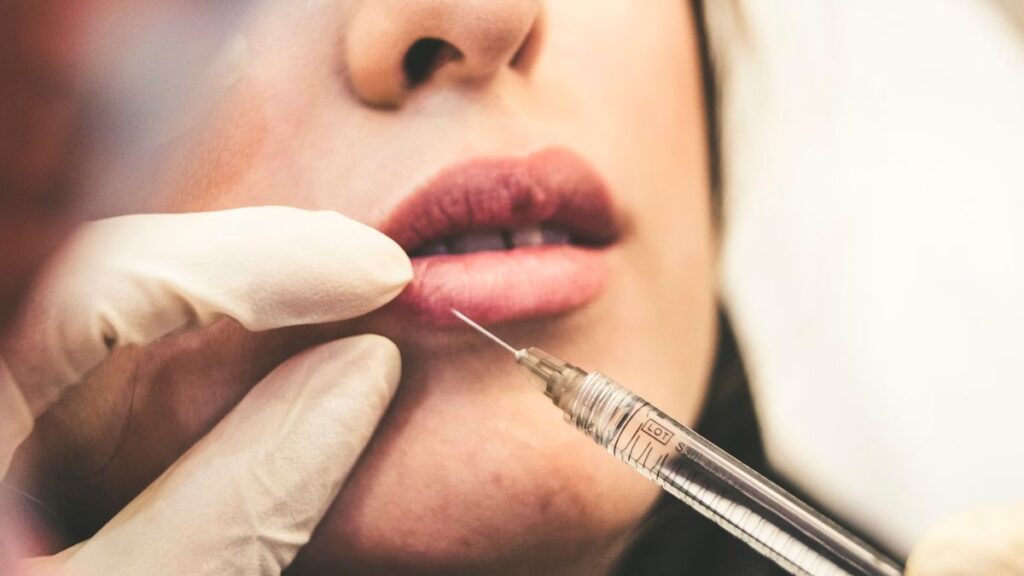People love a good deal, and cosmetic surgery chains have figured out how to use that instinct to their advantage. They frame body-contouring procedures like consumer products, offer seasonal discounts, and promise fast recovery with picture-perfect results. It’s a powerful pitch, especially now.
According to data from the Aesthetic Society reported by Forbes, surgical cosmetic procedures in the U.S. jumped by 54% in 2021. The appetite is huge, and clinics offering discounts know exactly how to catch people at their most vulnerable.
These centers run on speed and scale. They rely on aggressive marketing, temporary staff, and high–volume scheduling more than deep medical expertise. What this really means is that the money saved up front can hide risks that follow people for years.
You can’t explore this trend without looking closely at what’s happening inside some of the biggest chains.
A System Built on Volume, Not Vigilance
Cosmetic surgery still carries all the medical realities of surgery. There’s anesthesia to manage, blood loss to monitor, infection risk to prevent, and the need for precise technique. Yet many clinics operate with a workflow better suited to an assembly line. Surgeons often move quickly from one Brazilian butt lift to the next with barely enough time for recovery checks or individualized planning.
This isn’t slow, deliberate medicine. Patients are scheduled tightly, procedures run back-to-back, and every minute counts toward the daily quota. When clinical care becomes secondary to output, even small errors can snowball into serious complications.
That strain becomes obvious once you start reading patient stories tied to these clinics. Many describe feeling rushed through every stage of the process. Others say they didn’t fully understand the risks until complications started appearing.
Marketing That Leverages Body Dissatisfaction
If you scroll through your feed, you’ve seen the ads of flat stomachs, sculpted hips, and glowing smiles. The messaging is irresistible: “dream body in one visit,” “wake up transformed,” “minimal downtime.” And it’s working because people are dealing with a growing sense of unease about how they look.
Recent studies show 70% of young adult women and 60% of young adult men feel unhappy with their bodies. Psychology Today points out that social media feeds this self-doubt daily by amplifying unrealistic beauty standards. Cosmetic chains offering discounts lean into that insecurity. They present surgery as the quick fix, the shortcut to a more confident life.
But behind the glamorous campaigns are patients who had no idea the risks were this real. Severe burns, infections, chronic pain, nerve injuries, asymmetry, punctures, airway complications, and even fatal outcomes have all been reported. These aren’t exaggerated. They show up repeatedly in malpractice filings and investigative reports tied to budget clinics across the country.
When the Cracks Begin to Show
The issues became impossible to ignore once investigative reports started highlighting patterns of harm tied to certain high-volume cosmetic surgery chains. One clear example came from a clinic in Atlanta, Georgia, which faced a surge of malpractice accusations only months after opening.
Women reported long-term disfigurements and intense pain during liposuction procedures that were supposed to be quick and minimally invasive. In one case, a metal fragment was left inside a patient’s body for more than a year. Another woman said her procedure went ahead despite a positive Covid test on the same day.
As the cases accumulated, some patients began looking into their legal options. In situations like this, a personal injury law firm in Atlanta can guide people through relevant state laws. They can also help individuals understand whether a medical malpractice claim is possible.
Several of the women took that route. Many soon learned they had signed arbitration agreements that pushed disputes out of court and into private proceedings where transparency is limited.
This isn’t an isolated situation. It shows how quickly things can break down when business priorities overpower medical responsibility.
Who’s Really Behind the Scalpel?
Many chains offering discounts often rely on doctors who weren’t originally trained in aesthetic surgery. Some are general surgeons. Some come from unrelated specialties. Some join on temporary licenses. Others are recruited through staffing agencies during high-demand periods.
The problem isn’t that these doctors lack intelligence or experience. The problem is the assumption that a few weeks of fast-paced training can replace the years of specialized education that board-certified plastic surgeons undergo.
True mastery in body-contouring demands a strong understanding of anatomy, tissue handling, fat distribution, and scarring patterns. It also requires solid complication-management skills that come only from long, formal training.
The Atlanta cases involved surgeons who had previous malpractice complaints or disciplinary histories in other states. Yet they were still placed in high-volume cosmetic roles with very little oversight.
Atlanta Personal Injury Law Firm notes that medical malpractice isn’t rare. It’s a recurring issue nationwide, and one more reason to approach these clinics with real caution.
Safety Starts Long Before the Operating Room
The smartest step any patient can take is to slow down and scrutinize the process. A responsible clinic won’t hurry you through consultations or gloss over complications. They’ll check medical history carefully, screen for infections, encourage second opinions, and provide clear explanations about technique and recovery.
There’s growing scientific concern behind it. A recent review in the National Library of Medicine highlighted the negative aspect of the booming demand for cosmetic treatments. It found that many providers entering the field lack formal training.
The paper warned that without standardized education and strong oversight, patients face increased risks from improper techniques, avoidable complications, and unethical practices. The report also noted that non-medically trained individuals are entering the field, creating inconsistent outcomes and eroding public trust.
That message is clear. When the system doesn’t regulate who gets to perform these procedures, patients have to do the due diligence themselves.
FAQs
What are the types of cosmetic surgery?
Cosmetic surgery includes procedures that enhance or reshape body features. Common categories involve facial surgeries like rhinoplasty and facelifts, body procedures such as liposuction and tummy tucks, and breast surgeries, including augmentation or reduction. Each type aims to improve appearance rather than treat medical conditions.
How long does cosmetic surgery last?
The results of cosmetic surgery vary depending on the procedure and how your body ages. Some outcomes, like rhinoplasty, can last a lifetime, while others, such as facelifts or liposuction, may change over time. Good skincare, stable weight, and healthy habits help maintain results.
How painful is cosmetic surgery?
Cosmetic surgery usually involves some discomfort, but the intensity depends on the procedure and your pain tolerance. Most people describe the pain as manageable with prescribed medication during the first few days. As swelling and bruising improve, discomfort typically decreases and becomes easier to handle.
Overall, budget cosmetic surgery isn’t going anywhere. Social media pressures, beauty trends, and financing options keep the demand high. But the industry’s growth has outpaced regulation. No federal agency tracks complication rates for these elective procedures outside hospital settings. States vary widely in enforcement. Arbitration clauses keep many incidents quiet.
The real issue is simple. When cosmetic surgery becomes packaged like a sale item, safety can slide into the background. The price might look appealing, but complications are expensive, physically, emotionally, and financially.
In a world where appearance often feels like currency, the temptation to chase the cheapest option is strong. But surgery is where the bargain mindset can come at the highest cost.






